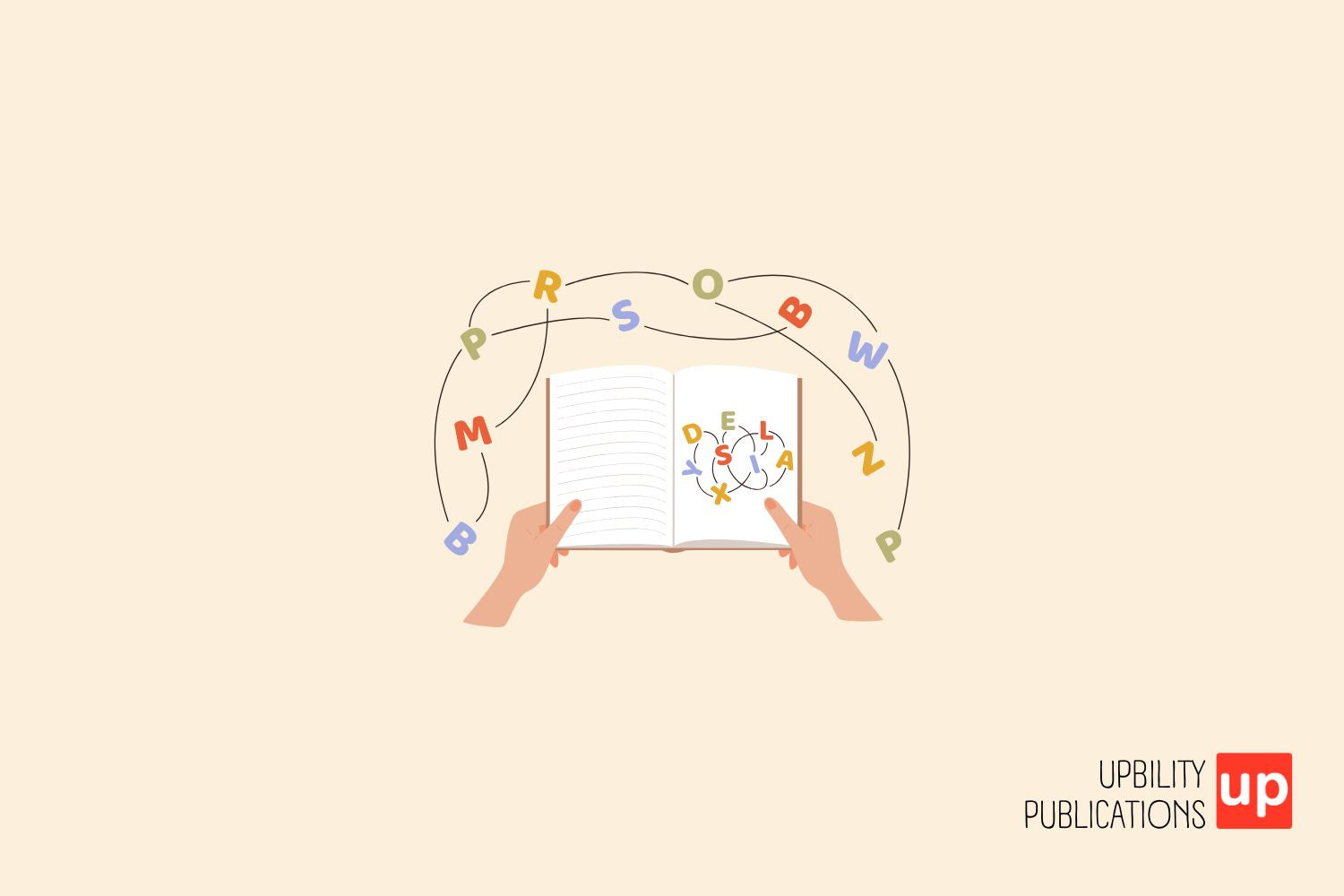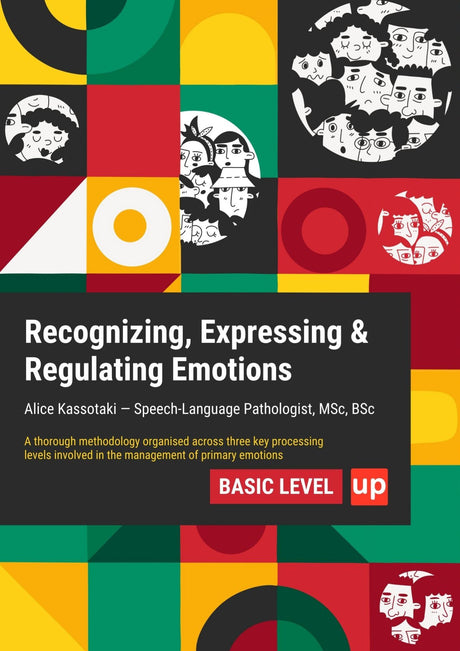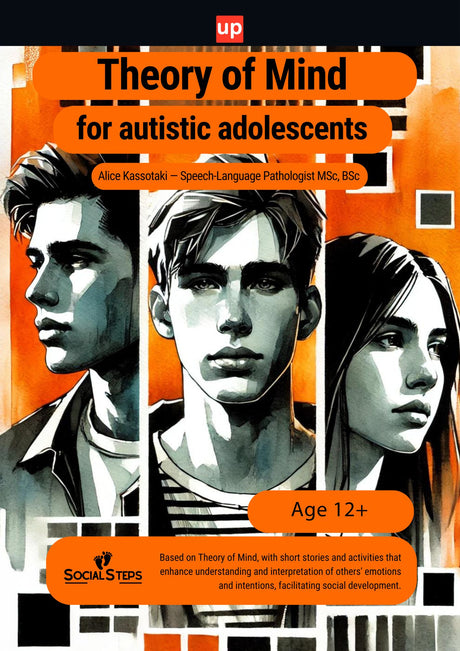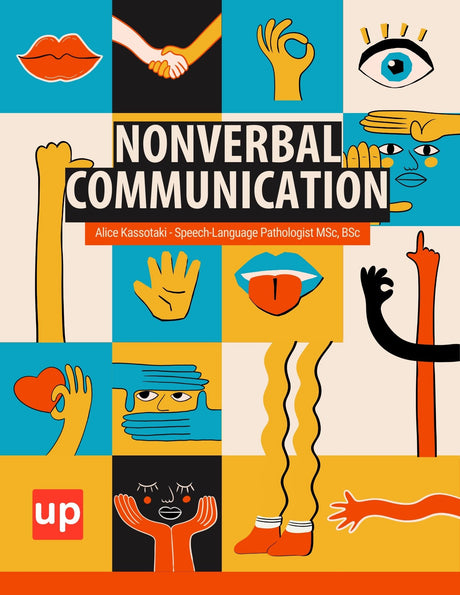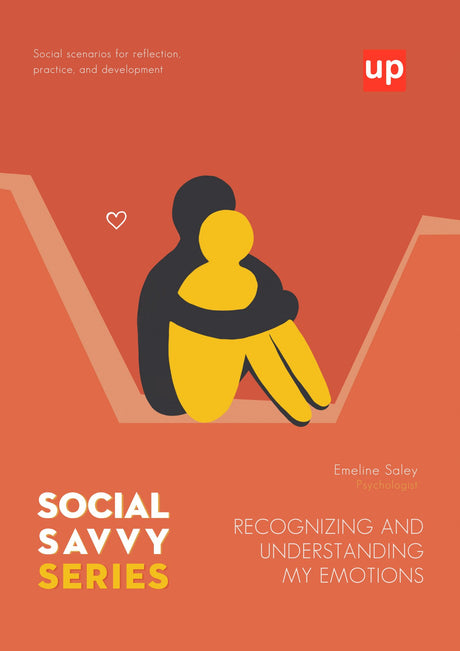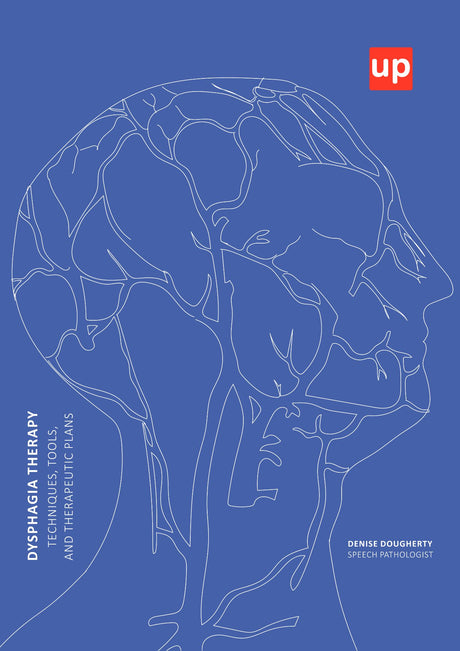Dyslexia is a learning difficulty with specific characteristics of dyslexia that affect reading and writing. This guide will help you identify these key traits in dyslexic individuals, from early behavioral signs to academic challenges.
Key Takeaways
- Dyslexia often presents early behavioral and developmental traits, creating a ‘spiky’ profile in academic strengths and weaknesses that can inform personalized educational plans.
- Reading and writing difficulties are central to dyslexia, characterized by issues with organization, grammar, spelling, and fluency, necessitating early identification and tailored support.
- Support from teachers and parents is crucial for dyslexic children, with effective strategies including simplified instructions, accommodations during assessments, and the use of assistive technology.
Behavioral and Developmental Traits

The signs of dyslexia often appear as early as preschool, manifesting in various behavioral and developmental traits. One common characteristic observed in dyslexic learners is a ‘spiky’ profile, where there are marked differences between strengths and weaknesses across different subjects. This means a child might excel in creative pursuits while struggling significantly with reading and writing tasks.
These early signs can sometimes be subtle, such as delayed speech or difficulty learning new words. Parents and educators should be aware of these indicators as they can help in early diagnosis and support. Early recognition of these traits can significantly impact the child’s educational journey.
Grasping the ‘spiky’ profile aids in creating personalized educational plans that play to a child’s strengths, while also addressing their weaknesses. A holistic approach can bolster confidence and help dyslexic learners reach their full potential.
Reading and Writing Skills

Reading and writing skills are often the most challenging areas for individuals with dyslexia. Poor writing is common due to difficulties in executive function and working memory, affecting both the organization and quality of written work. Dyslexic individuals also struggle to write grammar and syntax, leading to frequent errors such as incorrect verb forms and disordered sentences.
Handwriting difficulties arise from poor motor skills and challenges in spelling, resulting in slow and often illegible writing. Frequent letter reversals are a hallmark of dyslexia, making it easier for educators to identify the condition in academic settings. Spelling errors and handwriting issues add layers of difficulty to the learning process for dyslexic children.
Limited vocabulary is another consequence of reading challenges, directly impacting writing capabilities. Dyslexic individuals often have disorganized writing, presenting ideas abruptly or without a clear sequence. This disorganization extends to reading tasks, where they might struggle with word recognition, leading to slower reading fluency and comprehension.
Reading problems hinder dyslexic individuals from connecting sounds to letters, impacting their reading and writing skills. Slow reading progress and frequent spelling errors can be frustrating; however, early recognition can lead to effective strategies for overcoming dyslexia.
Health and Personality Characteristics

Dyslexia isn’t just about reading and writing difficulties; it also influences health and personality characteristics. Many dyslexics exhibit great creativity and excel in artistic and mechanical fields. This creativity is often seen as a unique ability that enhances problem-solving skills and artistic expression.
However, dyslexia can also lead to emotional distress, especially in school settings where reading tasks are frequent. Many dyslexic individuals are labeled as lazy or careless, despite having high intelligence. These misunderstandings can negatively impact self-esteem and lead to significant emotional challenges.
Sensitivity to dietary components and environmental factors is another characteristic observed in dyslexics, affecting their behavior and overall health. Despite these challenges, participants in programs like the Davis Dyslexia Correction program report transformative experiences, including improved confidence and enjoyment in learning.
Children with dyslexia may also show unusual developmental milestones, such as late speaking. They often use compensatory strategies to hide their difficulties, sometimes being perceived as class clown or troublemakers. Recognizing these traits allows for better support and the creation of a more inclusive environment for dyslexic individuals.
Adult Dyslexia: Unique Challenges

As dyslexic children grow into adults, they continue to face unique challenges. Adults with dyslexia often exhibit a mix of high intelligence and academic difficulties, leading to feelings of inadequacy. This can be particularly stressful in work settings that require effective reading and communication skills.
Emotional sensitivity and a strong sense of justice are common traits among dyslexic adults. They often experience inconsistencies in their performance, which can fluctuate based on the situation and their health. Under stress, these symptoms can worsen, making it even more challenging to navigate daily tasks.
Despite these difficulties, many adults with dyslexia develop coping strategies that help them manage their condition. Addressing these unique challenges is crucial for offering the required support and accommodations.
Academic Performance Indicators
Academic performance indicators provide crucial insights into the learning challenges faced by dyslexic students. Slow progress in reading is a common indicator, with many students struggling to blend letters into words. This slow progress can impact their overall academic performance, leading to lower grades.
Math can also be particularly challenging for dyslexic learners, especially when it involves word problems that require reading comprehension. These challenges mean that dyslexic students often need extra time to complete tests and other assessments. Providing this additional time can give them a fair chance to demonstrate their understanding.
Early recognition of these academic indicators can lead to effective educational plans tailored to dyslexic students’ needs. The right support can help them reach their full academic potential.
The Role of Teachers and Parents
Teachers and parents are vital in supporting dyslexic children. Regular communication between them helps identify effective strategies. Simplifying instructions into smaller, clear steps can address memory challenges.
Accommodations such as extended test-taking time and oral responses can support dyslexic students. Teachers should pre-teach vocabulary and provide outlines to enhance understanding. A supportive classroom environment where these students feel comfortable asking questions is vital for their success.
Parents can support their children by understanding their unique challenges and advocating for school accommodations. Together, teachers and parents can create a nurturing environment that enables dyslexic students to thrive.
Overcoming Dyslexia: Effective Strategies

Using various effective strategies is key to overcoming dyslexia. Assistive technology like speech-to-text software can simplify writing. Tools such as spellcheckers and text-to-speech software can significantly aid dyslexic learners.
Multisensory teaching methods, such as using flashcards and videos, can engage dyslexic students more effectively than traditional methods. Incorporating kinesthetic activities, like arm tapping and sand writing, can help dyslexic students learn phonics through physical engagement.
These strategies enhance reading fluency and comprehension, making learning more accessible and enjoyable.
Davis Program Success Stories
The Davis Dyslexia Correction program has been a beacon of hope for many. Utilized by over 20,000 clients worldwide, the program has shown significant improvements in reading levels. In a study of 360 clients at Rocky Point Academy, participants exhibited greater reading gains compared to those receiving traditional instruction.
Participants report transformative experiences, including increased reading speed and comprehension. Some even state that material which once took an hour to read can now be completed in just ten minutes after only a few hours of the program. These success stories highlight the effectiveness of the Davis program in overcoming dyslexia.
Parents of children who completed the Davis program have noted remarkable improvements in confidence and reading ability, often resulting in academic recognition. These testimonials highlight the potential for significant positive outcomes with appropriate support and interventions.
Upbility offers innovative resources tailored to support dyslexic individuals in enhancing their reading and writing skills. Their comprehensive materials, designed by experts, focus on building vocabulary, improving spelling, and developing reading fluency through engaging and interactive activities. By providing structured and accessible content, Upbility empowers both educators and parents to effectively assist dyslexic children in overcoming challenges and achieving academic success.
Summary
Understanding the top characteristics of dyslexia is crucial for providing the right support and interventions. From early behavioral and developmental traits to the unique challenges faced by adults, recognizing these indicators can help in creating tailored educational plans. Teachers and parents play a vital role in supporting dyslexic individuals, and effective strategies like assistive technology and multisensory learning can make a significant difference.
The success stories from the Davis Program demonstrate that with the right support, individuals with dyslexia can overcome their challenges and achieve their full potential. By fostering a supportive environment and utilizing effective strategies, we can help dyslexic individuals thrive.
Frequently Asked Questions
What are the early signs of dyslexia in children?
Early signs of dyslexia in children include delayed speech, difficulty learning new words, and challenges with recognizing letters and blending sounds. Identifying these signs early can facilitate timely support and intervention.
How can teachers support dyslexic students in the classroom?
Teachers can effectively support dyslexic students by simplifying instructions into manageable steps, allowing additional time for tests, and fostering a classroom atmosphere that encourages questions and open communication. These strategies enhance learning and build confidence in dyslexic learners.
What are some effective strategies for overcoming dyslexia?
To effectively overcome dyslexia, consider utilizing assistive technology such as speech-to-text software, employing multisensory teaching methods, and incorporating kinesthetic activities to facilitate engagement in the learning process. These strategies can significantly enhance the educational experience for individuals with dyslexia.
What are the unique challenges faced by adults with dyslexia?
Adults with dyslexia encounter significant challenges in workplace situations that demand strong reading and communication abilities, often resulting in stress and emotional sensitivity due to performance inconsistency.
How does the Davis Dyslexia Correction program help individuals with dyslexia?
The Davis Dyslexia Correction program assists individuals with dyslexia by offering customized interventions that enhance reading speed and comprehension, ultimately resulting in significant improvements and boosted self-confidence.
Original content from the Upbility writing team. Reproduction of this article, in whole or in part, without credit to the publisher is prohibited.
References
-
Shaywitz, S. E. (2003). Overcoming Dyslexia: A New and Complete Science-Based Program for Reading Problems at Any Level. New York: Alfred A. Knopf.
-
Snowling, M. J. (2000). Dyslexia. Blackwell Publishers.
-
Davis, R. D., & Braun, E. M. (2010). The Gift of Dyslexia: Why Some of the Smartest People Can't Read and How They Can Learn. Penguin Group.
-
International Dyslexia Association. (2023). Dyslexia Basics. Retrieved from https://dyslexiaida.org/dyslexia-basics/
-
Rocky Point Academy. (2023). Davis Dyslexia Correction Program Success Stories. Retrieved from https://www.rockypointacademy.com/success-stories/
-
British Dyslexia Association. (2023). Dyslexia and Learning. Retrieved from https://www.bdadyslexia.org.uk/dyslexia/about-dyslexia/dyslexia-and-learning
-
National Institute of Child Health and Human Development. (2023). Understanding Dyslexia. Retrieved from https://www.nichd.nih.gov/health/topics/learning/conditioninfo/dyslexia

